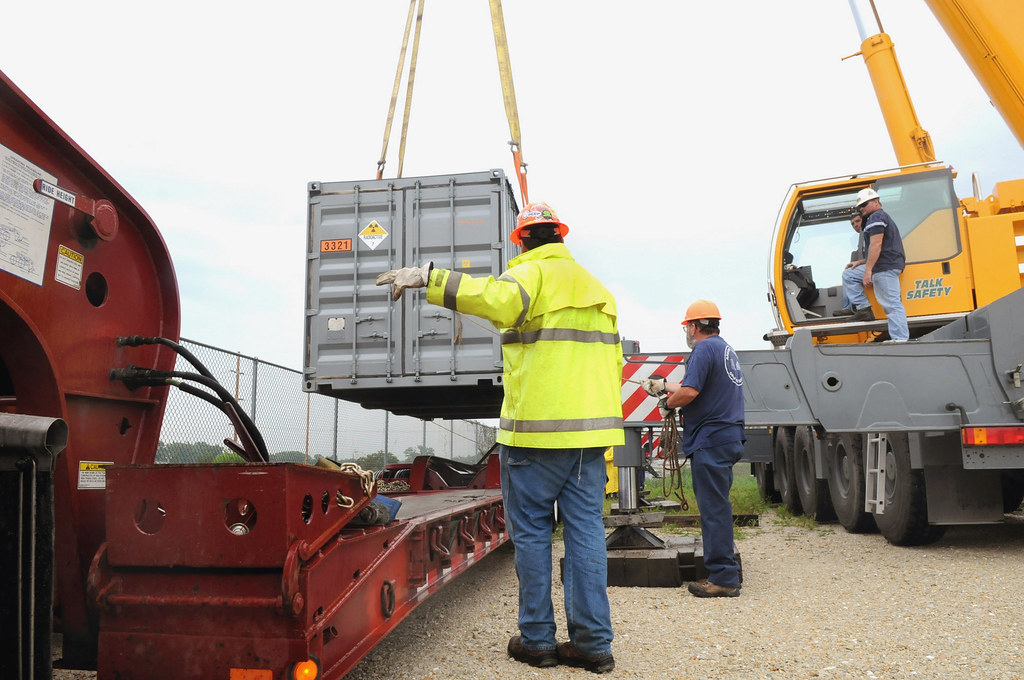
Around 2 percent of Transportation and Storage Workers Sustained a Workplace Injury in 2019
A new report has shown that approximately 2% of transportation and storage workers sustained a workplace injury in 2019. The Labour Force Survey is conducted each year to monitor and assess workplace illness and injury rates. Worryingly, the sector also showed to have the highest level of workplace fatalities.
Here, we’ll look at what the recent statistics show and how injury rates compare to other sectors.
Non-fatal injuries in transportation and storage
It was revealed in the latest report, that a total of
29,000 workers sustained a non-fatal injury in the transportation and storage sector in 2019. Approximately two fifths of these workers required at least 7 days off work as a result. Not only does this impact the employees, it also impacts the business too. However, it wasn’t all bad news. The statistics show that non-fatal injuries to workers within the sector have decreased since 2002.
Which sectors saw higher injury rates?
A total of 2.4% of workers experienced non-fatal injuries in the sector. The majority of these occurred in the post and courier sub-sector with a rate of 3.5%. This was followed closely by warehouse workers at 3.1% and road haulage workers at 2.9%.
These injury rates are significantly higher than other industries. The only contradiction to this is the non-fatal injury rate of 1.3% in the transport sector. This rate was lower than all other industries.
The most common types of non-fatal injuries included:
• Slips and trips
• Lifting and carrying
• Falls from a height
• Struck by a moving or falling object
Slips and trips accounted for the most amount of specified injuries, followed closely by falls from a height. Injuries over 7 days saw the highest rate in lifting and carrying, followed by slips and trips.
Although non-fatal injuries are starting to decline year upon year, they still
cost businesses £5.2 billion. This means companies need to start focusing on improving health and safety and investing in employee training.
How do they compare to other industries?
Workplace injury rates within the transportation and storage sector are largely higher than most other sectors. However, the public administration and defence, Agriculture and forestry and manufacturing sectors all experienced some of the highest rates per 100,000 workers.
The incidence of fatal injuries within the transportation and storage sector was 16 in 2019. This falls in line with the average fatality rate seen in 2014-2019. Over five years, 36% of the fatalities were due to being struck by a moving vehicle. This was followed by 20% falls from height and 16% struck by a falling object. Compared to all other industries, the transportation and storage sector has the highest fatality rate on average.
Workers who do experience non-fatal injuries in the workplace have a right to seek compensation.
They can even use an online compensation calculator to estimate how much their case is worth.
The new report does prove promising in the fact that it shows non-fatal workplace injuries are declining in the transportation and storage sector. However, it still sees one of the highest injury rates across all industries.
